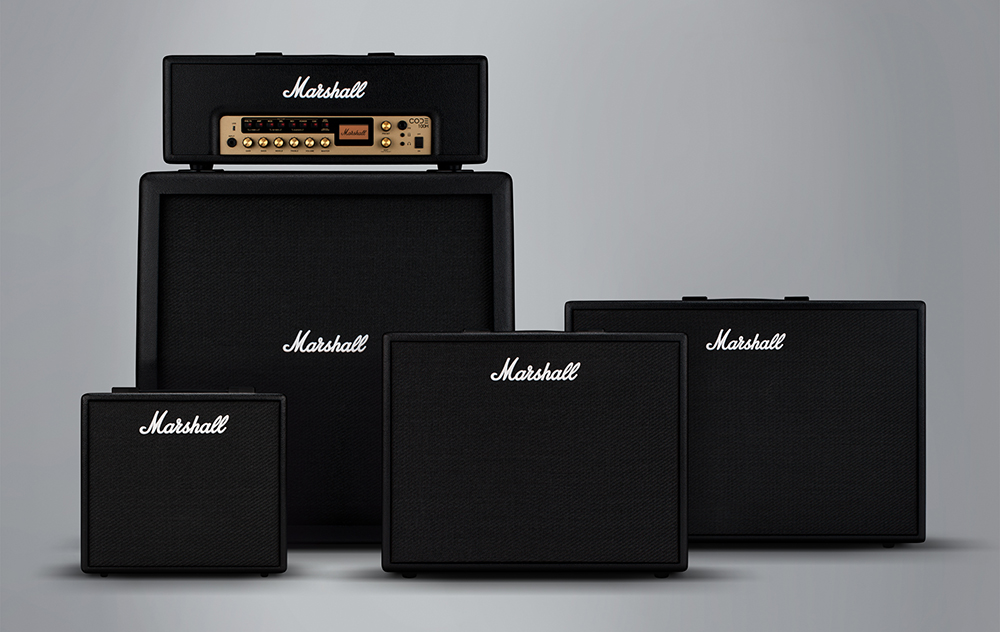07 4031 7078

Marshall Amplifiers: Shaping Soundscapes Through the Decades
In the realm of music amplification, few names resonate as powerfully as Marshall. From the roar of rock 'n' roll stages to the intimacy of recording studios, Marshall amplifiers have left an indelible mark on the sonic landscape. This blog post delves into the profound impact that Marshall amplifiers have had on music, exploring their evolution and influence across decades.
The Birth of the Marshall Sound (1960s):
In the early 1960s, Jim Marshall, a drum shop owner in London, entered the world of amplification in response to a demand from guitarists seeking more power and distortion. The result was the birth of the Marshall stack—a towering configuration of amplifiers and speaker cabinets that would become iconic in rock music. With the introduction of the Marshall JTM45 amplifier, musicians found a powerful and gritty sound that would define the sound of the '60s.

Rock 'n' Roll Revolution (1970s-1980s):
As rock 'n' roll evolved into heavier genres like hard rock and heavy metal, Marshall amplifiers became the amplifier of choice for legendary guitarists. The Marshall Super Lead, Plexi, and later the JCM800 models, with their raw power and distinct overdriven tones, became synonymous with the electrifying energy of live performances. Artists like Jimi Hendrix, Eric Clapton, and Jimmy Page became Marshall enthusiasts, solidifying its place in the annals of rock history.

The Marshall Stack Iconography:
The visual impact of the Marshall stack is as significant as its sonic influence. The sight of towering stacks of Marshall amplifiers on stage became an integral part of the rock 'n' roll aesthetic, symbolizing power, volume, and the rebellious spirit of the music. The Marshall stack's visual identity remains a cultural icon, instantly recognizable and synonymous with the energy of live rock performances.

Innovation and Adaptation (1990s-2000s):
Marshall continued to evolve with the times, introducing new models like the JCM2000 and embracing technological advancements without compromising their signature sound. The Marshall sound found its way into various genres beyond rock, influencing alternative, punk, and even pop music. The versatility of Marshall amplifiers made them a staple in recording studios, contributing to countless iconic albums across genres.

Digital Age and Global Dominance:
In the digital age, Marshall has adapted to changing technologies while maintaining its commitment to craftsmanship and tonal excellence. The introduction of the Marshall CODE series, combining digital versatility with the classic Marshall sound, showcased the brand's ability to innovate without sacrificing its heritage. Marshall amplifiers have become a global standard, with musicians worldwide seeking that unmistakable Marshall tone.

As we traverse the sonic landscape of the past six decades, the impact of Marshall amplifiers on music becomes undeniable. From the gritty blues-rock of the '60s to the high-gain anthems of today, Marshall has been a constant companion in shaping the sound of generations. The legacy of Marshall amplifiers is not just in the amplification of sound; it's in the amplification of emotion, energy, and the very spirit of rock 'n' roll. Here's to the amplifiers that turned the volume up to 11 and forever changed the way we experience the power of music.

